Stories from the Botanic Gardens
From what's blooming to the latest botanical science research, discover the stories that make the Botanic Gardens unforgettable places for science, horticulture and leisure.
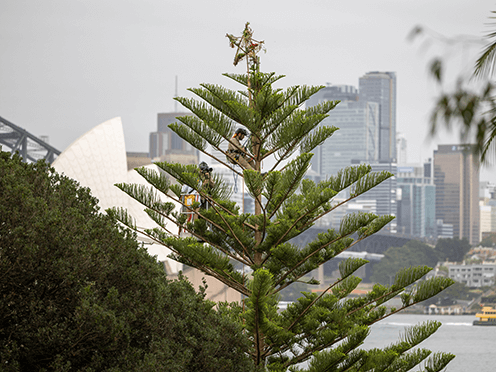
Discover the Royal Botanic Garden Sydney's very own "Christmas trees" - a festive trio of pretty pines from a lineage stretching all the way back to the time of the dinosaurs.
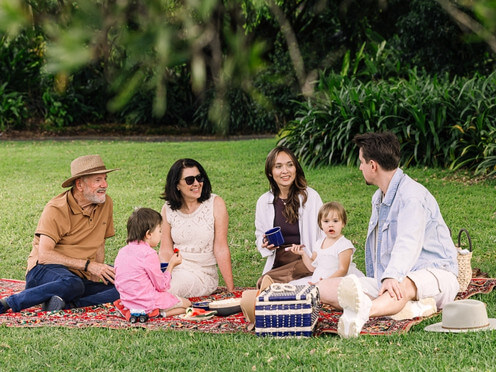
Whether you’re here for culture, time with friends, a family adventure, or a quiet escape among the trees – discover the itinerary that brings your ideal summer day to life.
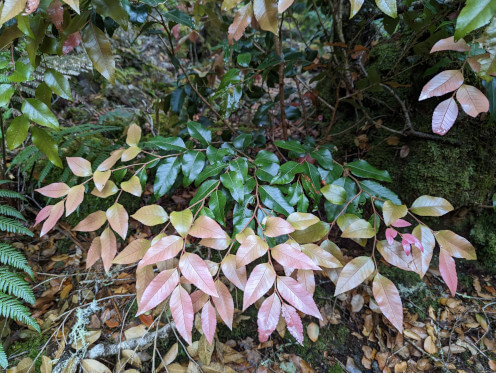
For the team at the Research Centre for Ecosystem Resilience (ReCER), a request from the Blue Mountains Botanic Garden to design a hedge of the towering Nothofagus moorei, or Antarctic beech, sparked a unique collaboration between science and horticulture.
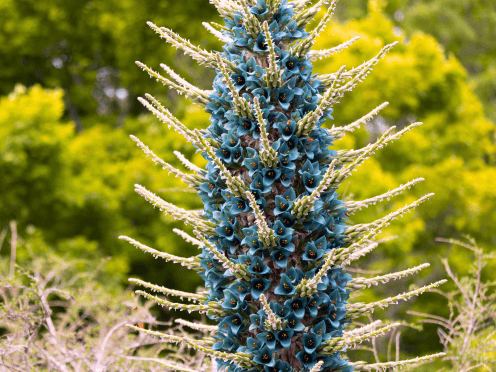
An extraordinary display of rare turquoise blooms are starting to flower at the Blue Mountains Botanic Garden Mount Tomah, with one species blooming for the first time ever.
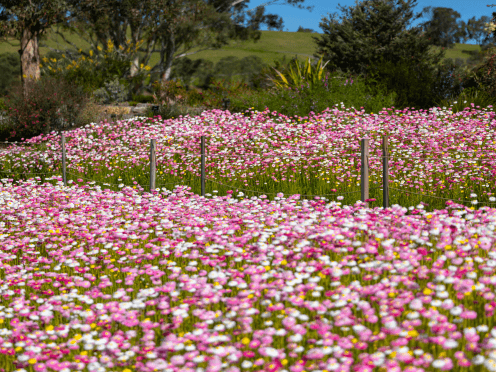
One of the largest paper daisy displays in eastern Australia is in flower at the Australian Botanic Garden Mount Annan.
In the lower Hunter Valley, a new nature reserve named Tiraki – Wonnarua for ironbark – has become a sanctuary for one of Australia’s rarest plants.
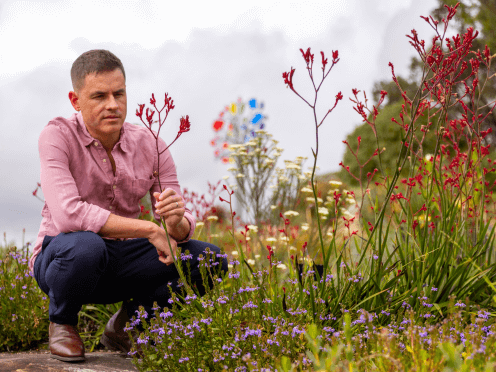
In this new episode of What the Flora!? discover why this world-first global ‘Tree of Life’ study is a new milestone in understanding the evolutionary history of flowering plants.
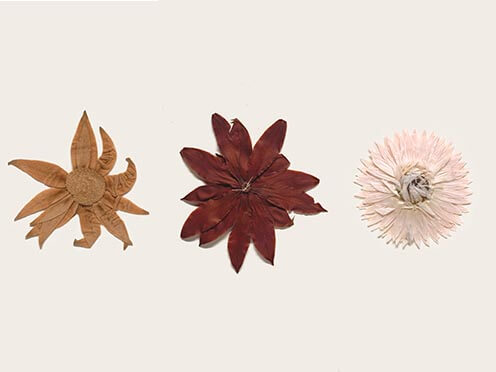
A project digitising over one million flora specimens has won the National Trust's President’s Prize for 2025 and is helping important research in critical biodiversity, ecological, and evolutionary studies.
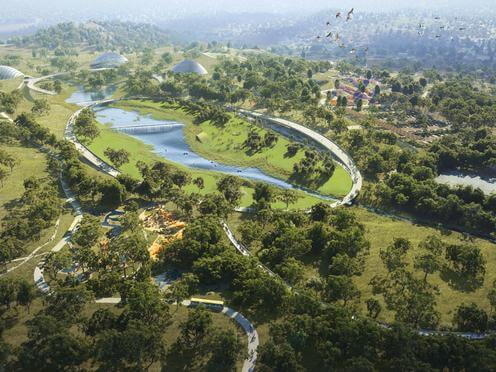
Australian Botanic Garden Mount Annan Master Plan
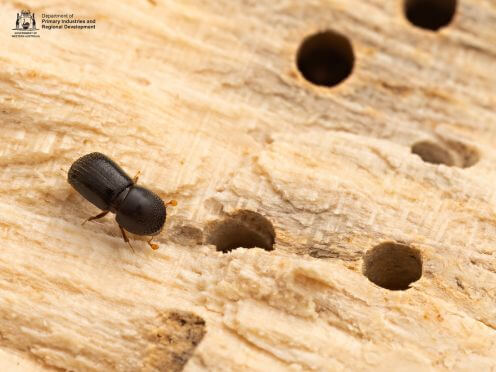
The community is urged to be on the lookout for tree damage as the national biosecurity response to the exotic plant pest polyphagous shot-hole borer (PSHB) moves to the management phase.
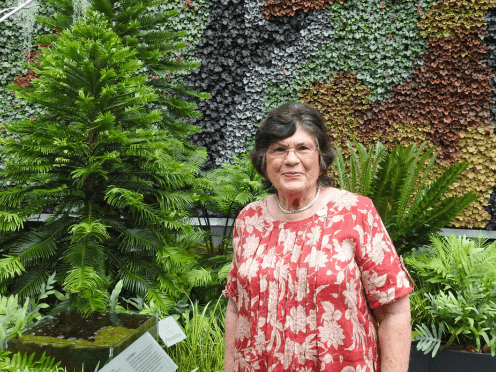
Flora Deverall, 90, is a volunteer guide at the Botanic Gardens of Sydney and a powerful example of the role of passion, purpose, and plants in a remarkable life. We wanted to share her inspiring story for National Volunteer Week 2025.

Botanic gardens across Australia and New Zealand are gearing up for Botanic Gardens Week running from 19 – 25 May.